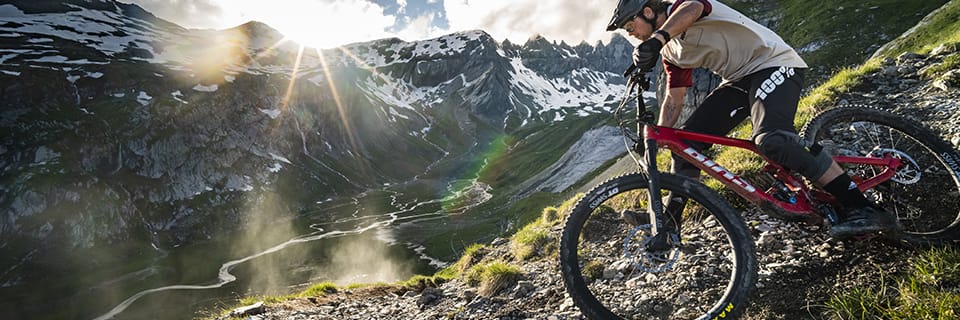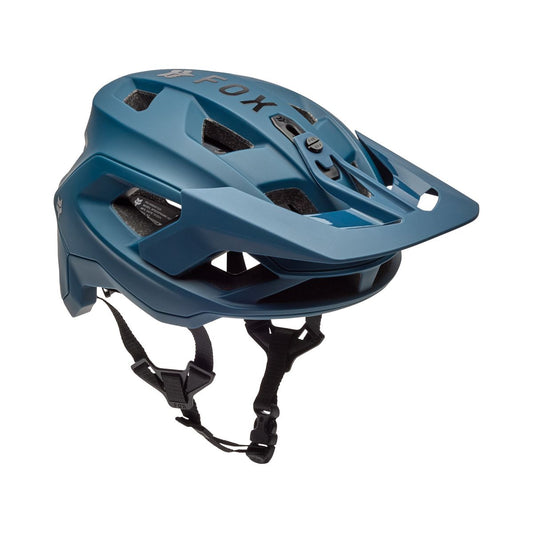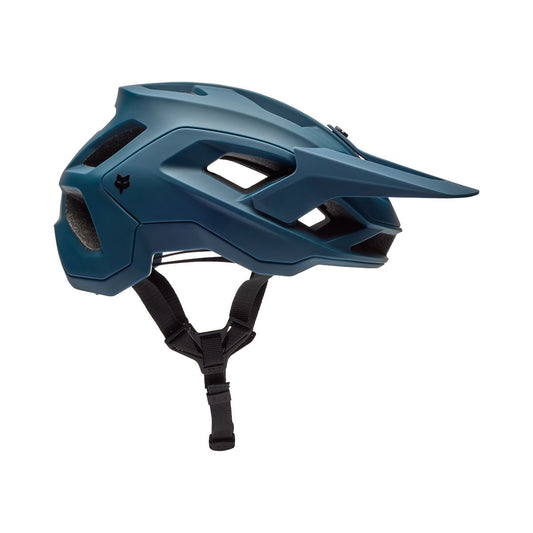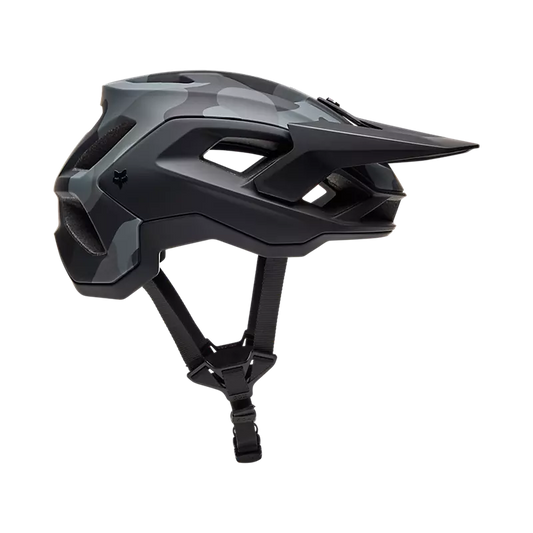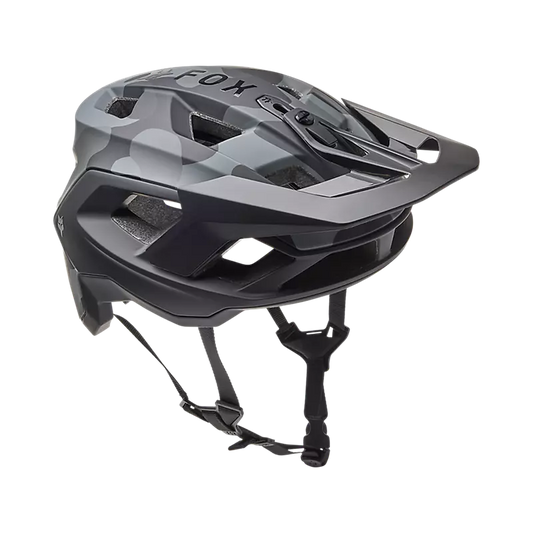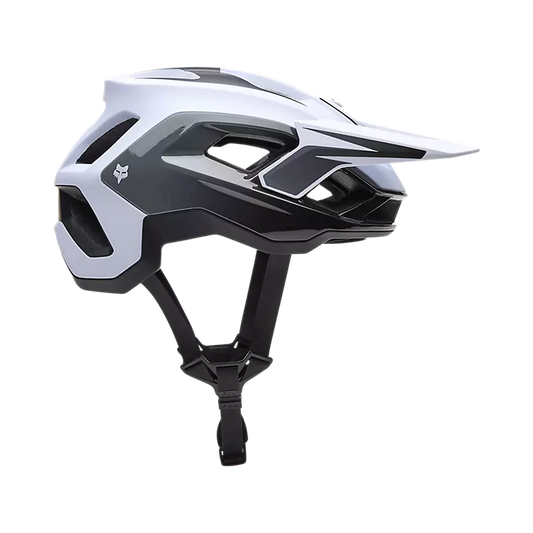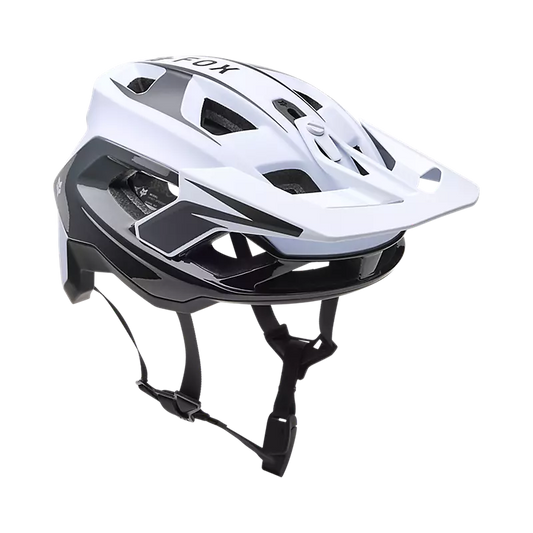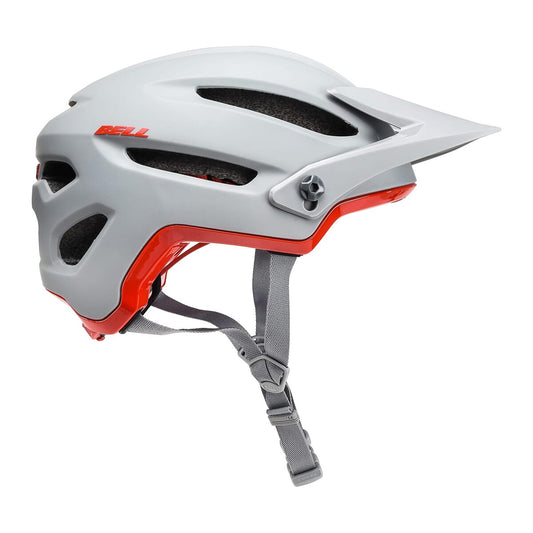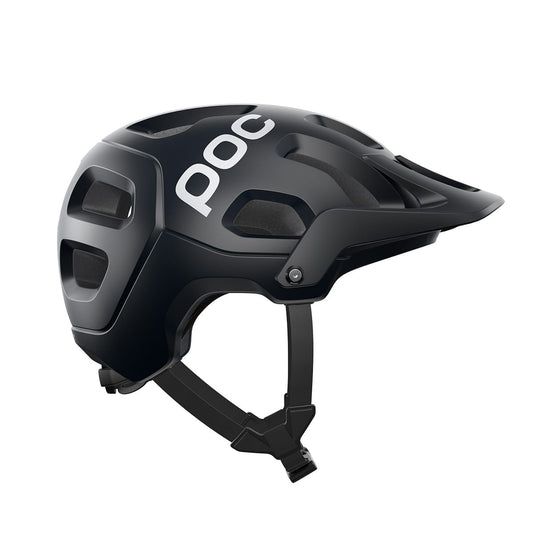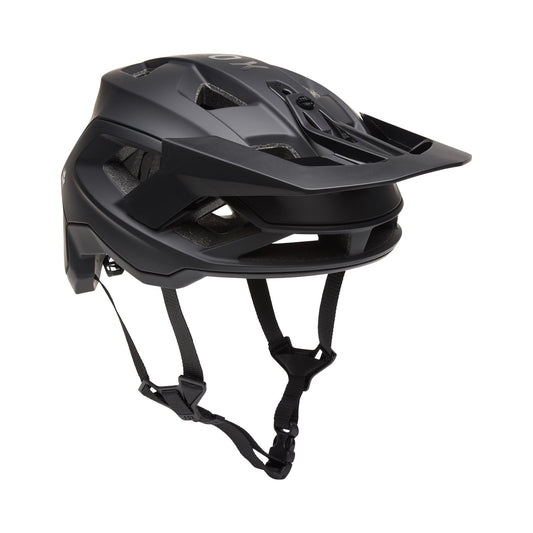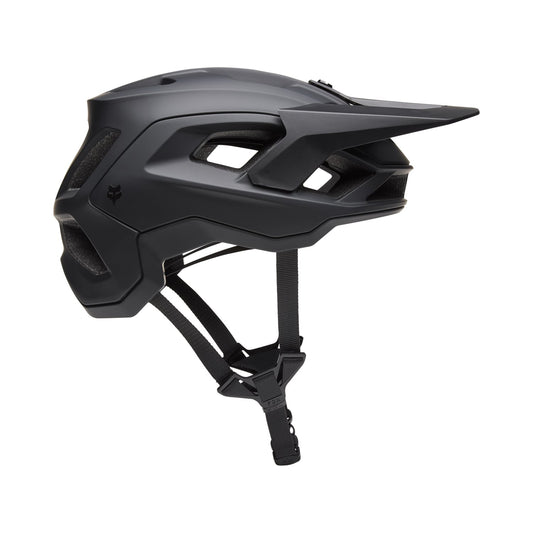Helmets are a key element in bicycle safety, and they are used by everyone! For a bicycle helmet provides optimum protection, it must fit your head perfectly and be securely fastened. Today's leading-edge technologies enable manufacturers to offer models that are strong, light and comfortable.
Shape, fastening and adjustment systems, safety patents and materials are all features to be considered, and will have a significant impact on price. Here are a few tips to help you make the right choice!
Standard models
- Design: type of hull (external, internal), assembly (conventional molding, In-Mold manufacturing) and hull materials ;
- Safety patents: Mips, ODS, Spin, Turbine 360 ;
- Comfort foams (or pads): standard or antibacterial fabric;
- Ventilation: air inlets, ventilation tunnels, air outlets ;
- Types of settings: occipital adjustment, vertical adjustment, chinstrap ;
- Adjustment systems : thumbwheel, micrometric buckle, BOA ;
- Closing systems : clip, magnetic loop, double D loop, micrometric ;
- Helmet types : classic, full-face with fixed or removable chinrest, jet with fixed or removable chinrest, bowl, aero.
ALL YOU NEED TO KNOW ABOUT ROAD AND MOUNTAIN BIKE HELMETS
DESIGN
Whatever the model, structure and design share similarities. A helmet is generally composed of two layers an outer shell and an inner shell.
- The outer shell is the first layer affected in the event of impact. Its protective role is to prevent any external body from piercing the helmet and coming into direct contact with the skull.
It is made of PVC on entry-level models, because of its low cost. However, as this material does not age well, particularly when exposed to sunlight, most models are made of polycarbonate or ABS (a tough thermoplastic material), which are far more durable. Finally, top-of-the-range models use composite or carbon materials. As well as being extremely light, these materials allow greater deformation of the hull than with a plastic shell before reaching the breaking point. This allows more energy to be dissipated, further protecting the rider's head.
- The inner shellforms the heart of the helmet, absorbing and dispersing shock waves.
It is always made of polystyrene foam, but its construction varies according to the helmet's level of finish. On the least expensive helmets, it's a one-piece polystyrene piece. It may also feature a solid, lightweight honeycomb construction, or even a multi-density composition. On more advanced models, the inner shell is made up of a polystyrene frame and one or more internal structures designed in nylon, Kevlar or aramid to provide extra protection, especially in the event of successive impacts, while remaining extremely light.
The assembly of these two elements varies according to the manufacturing process.
Widely used in industry, the In-Molddesign involves fusing the two hulls together to form a single piece. In addition to providing a better finish, this process makes the whole unit more solid, lighter and more efficiently ventilated.
Less and less widespread, the classic molding simply glues the two parts together. This process is now found only on entry-level models and certain bowl helmets, because while it's more economical, it results in a heavier helmet and less ventilation.
PROTECTIVE PATENTS
While all helmets provide effective protection against impact and are CE-approved, for several years now a number of safety patents innovative safety patents have been appearing for several years now. MIPS is behind these innovations, which have taken several forms
Technology MIPS technology is a thin, independent inner membrane located between the inner shell and the protective foams. Mobile thanks to elastic anchors, it absorbs impacts even more effectively. This "multidirectional" impact protection dissipates a maximum of kinetic energy, even in the event of a multidirectional impact, saving the rider's head from the full force of the impact.
Other manufacturers have followed suit, offering their own safety patents, notably with the Turbine 360 from Leatt, the Spin or theODS from 6D. The latter technology uses two layers of expanded polystyrene (EPS): numerous elastomer "mini-dampers" are inserted between these two layers to improve the helmet's absorption capacity, whatever the angle of impact.
Koroyd technology has been on the scene for some time, notably at Smith Optics and Endura, and could revolutionize helmet manufacturing. In concrete terms, this technology replaces EPS with a structure composed of thousands of extruded polymer tubes heat-welded together. Capable of being crushed over more than 80% of their length, these tubes reduce the energy transmitted by 30-50% by dispersing it progressively. Unlike EPS, Koroyd is effective against both large and small impacts, but also has the advantage of being lighter than EPS and offering better additional air circulation. The result is a lighter, more breathable helmet offering superior impact protection compared to standard construction.
THE PADS
The next step is to add foams (or cushions) that form the link between the inner layer and the skull. The foams finalize the helmet's fit on the head and provide maximum comfort, notably by absorbing moisture. They are often removable for cleaning. Foams can be of standard quality, or they can be made using advanced technologies. antibacterial and technologies. breathable including Coolmax and X-Static
VENTILATION
Good ventilation is essential for rider comfort. Helmets feature air inlets, varying in number and width depending on the model. The incoming air can be channeled into a tunnel to cool the rider's head, before being expelled through a rear outlet. Some helmets also feature anti-insect nets in the vents to prevent insect bites.
TYPES OF ADJUSTMENT
The occipital adjustmentadjustment, at the nape of the neck, allows the helmet to be adjusted horizontally (head circumference) and ensures a reliable fit. More sophisticated models also offer the option of vertical adjustment to adapt the helmet even more closely to your body shape and improve stability. Finally, the chinstrap and side straps ensure the helmet stays on in the event of a fall or strong shocks.
ADJUSTMENT SYSTEMS
To adjust the helmet, manufacturers use wheels, micrometric buckles or the BOA® SYSTEM. The thumbwheel has a simple operation: by turning it, a strap driven by notches more or less tightly grips the rider's head. The micrometric buckle is similar, but offers even more precise adjustment. Last but not least, the BOA system offers the finest, most reliable adjustment, by applying tension to a cable.
CLOSING SYSTEMS
An effective helmet needs to stay in place when you move your head, without being restrictive, particularly in terms of the chin strap which must not constrict the throat. This can be locked in the traditional way by a simple clipbut also by micrometric clampingmagnetic loop Fid-Lock® or double-D buckle. This system, often reserved for Enduro/DH helmets, is certainly the most reliable but also the least intuitive to use.
The side straps, which must cross just below the ears, can be adjusted by sliding on entry-level models, or by locking (much simpler and quicker) on more advanced models. A detail that can make all the difference when your helmet is used all year round, and you need to adjust the length of the straps when wearing a thicker or thinner under-helmet.
HELMET TYPES
Classic helmet
The most widely used, the classic bicycle helmet offers an excellent compromise between protection, ventilation and lightness. It can be fitted with a visor, which protects against sun and/or projections (rain, dust, gravel), as well as contact with vegetation (branches).
Aero helmets
Aero helmets helmet is designed to let the air flow, even when the rider lowers his head during effort. Ventilation is not forgotten, an important factor in competition performance. They can be fitted with an integrated visor. They are mainly used on counter-watches.
Bowl helmet
Used in BMX and dirt biking, the bowl helmet has a simple, highly resistant, wraparound shell with little ventilation. This makes it a simple, accessible helmet that fits the urban, BMX and dirt bike codes.
Jet helmet
The jet helmet is a derivative of the classic helmet: more enveloping on the occipital part (back of the skull/beginning of the neck), it descends lower on the back of the head to reinforce protection.
Full-face helmet
The full-face MTB helmet offers maximum protection: the entire face is protected in the event of contact with the ground. Its robust construction means it can absorb a lot of energy. Most often used with a face mask.
Helmets with removable chinstraps are similar to these, but are still rare in manufacturers' catalogs. Its modularity represents an interesting compromise for maximum ventilation during ascents.
Removable helmets
The detachable helmet is a versatile model combining the advantages of a jet helmet and a full-face helmet. Although there are relatively few references on the market, this type of product is becoming increasingly popular for the versatility it offers: great comfort and optimal ventilation on ascents, and maximum protection on descents.
WHICH HELMET IS RIGHT FOR ME?
All helmets are designed to protect against impact. But why do we find so many different models on the market? The answer is simple. The constraints and characteristics of each discipline call for a different type of helmet.
Hiking
A classic helmet is the best choice for a typical leisure mountain biking. It offers a good level of protection, and its light weight means it won't put too much strain on the neck, even after several hours. Numerous vents keep your head cool.
Cross-Country
For intensive Cross-Country outings in semi-rigid mountain bike where the slightest optimization is welcome, a classic lightweight helmet with a short visor guarantees the best protection/performance ratio. Some competitors even use road helmets, which are lighter and more aerodynamic than mountain bike helmets.
For marathon-type outings, on routes that are sometimes very demanding and technical in the mountains, a more enveloping model, such as a jet helmet, may be considered for more advanced protection.
All-Mountain
For tackling mountain slopes in all-suspension mountain bike all-mountain mountain biking, a jet helmet is a sure bet. Its wrap-around shape offers a high level of protection. The weight of jet models remains contained. These helmets can therefore be worn for long periods. Numerous air vents help regulate the temperature when you're climbing by leg power! A helmet with a detachable chin strap is ideal for outings where fast, technical descents alternate with long climbs. This combines the best of both worlds: full protection on the way down and ventilation on the way up.
Enduro
Here, a helmet with a removable chin strap represents an excellent compromise. Without the chinstrap, it behaves like a jet helmet, and is still very comfortable for pedaling on the links. For descents, it offers protection close to that of a one-piece full-face helmet. If the rules don't allow it, or if you want the best protection available, a one-piece full-face helmet is the way to go.
DH / Freeeride
There's no doubt about it: a one-piece full-face helmet is the ultimate in the most extreme Gravity disciplines. There's a plethora of helmet manufacturers to choose from, and you can opt for a composite outer shell. This reduces the risk of head trauma in the event of a violent impact.
Road
Whether you're a fan of the classics, stage races or simple Sunday adventures, a helmet will protect you from the hazards of road riding. The vents sometimes allow you to hang your glasses with the temples open. Handy when the weather gets darker, for example! For time trial, track or triathlon riders, an aero helmet is a good ally for optimizing performance.
Gravel and Cyclocross
A classic helmet is recommended here. In this case, it's a good idea to browse the Road and Cross-Country MTB catalogs to find what you're looking for.
BMX
In BMX Street, Dirt or Skatepark, a bowl helmet is most often used. Extremely sturdy, simple in design and affordable, they provide ample protection.
In Race, a full-face helmet is necessary to protect you from high-speed falls!
BICYCLE HELMET LEGISLATION
A bicycle helmet is part of a cyclist's basic equipment. It is not compulsory for adults, but highly recommended! In the event of a fall, even at low speed, it makes all the difference.
Note, however, that since March 2017, a law has made it compulsory for children under the age of 12 to wear one, whether they're at the controls of their own bike or passengers on a seat or in a trailer.
Découvrez tous nos conseils & Tutoriels
EQUIPMENT - Classic MTB Helmets
-

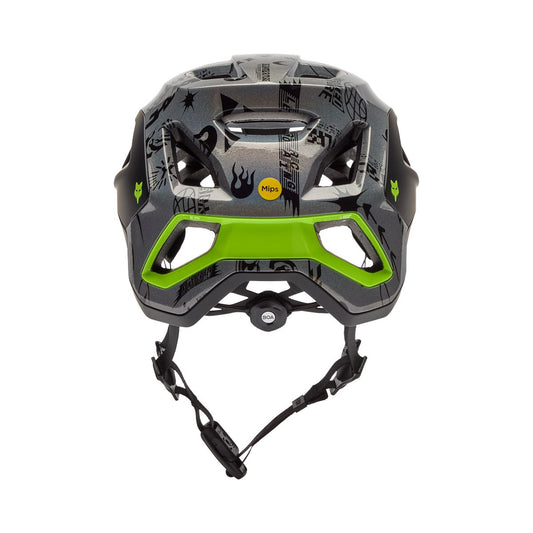
FOX SPEEDFRAME PRO LUNAR MTB Helmet Black/Grey - Special Edition
Regular price 164,90 €Regular priceUnit price per
